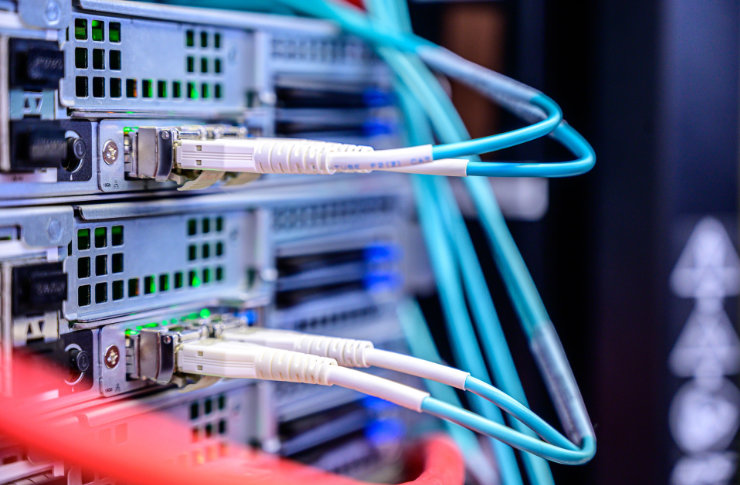Cost factors and billing structures in modern connectivity plans
Understanding the variables that drive connectivity costs helps consumers and businesses choose the right broadband, fiber, or mobile plans. This article explains how technical factors, hardware choices, and billing models combine to shape monthly charges and overall value.

Connectivity costs combine technical, operational, and commercial elements into a monthly bill. Modern broadband plans bundle raw bandwidth with performance attributes such as latency and throughput, while additional features like security, VoIP, or roaming produce add-on charges. This article breaks down the main cost drivers and common billing structures so readers can evaluate plans for home or business use.
Broadband and bandwidth: what drives cost?
Monthly broadband pricing is often linked to advertised bandwidth (download/upload Mbps) and average throughput. Higher bandwidth plans enable more simultaneous users and larger data transfers, which raises provisioning and transit expenses for providers. Usage caps or data tiers can add overage fees; unlimited tiers are often priced higher. For businesses, service-level guarantees for consistent throughput and peak-hour performance increase cost because ISPs reserve or purchase more capacity to meet guarantees.
Fiber, router, and hardware choices
Fiber connections generally cost more to deploy but can offer better price-per-megabit at higher speeds. Your choice of router, modem, or a mesh Wi-Fi system affects perceived value: ISP-supplied routers may be included or available for rental, while premium routers or mesh kits are one-time purchases. Managed hardware and installation services add to upfront or recurring charges. For business-grade fiber, dedicated circuits or SLAs add recurring fees and sometimes installation surcharges.
Latency, throughput, and peering effects
Latency and throughput shape how a connection performs for real applications and can influence pricing for specialized services. Low-latency links for trading platforms or gaming may be offered at premium rates. Peering and transit arrangements between networks affect an ISP’s wholesale costs; better peering reduces transit fees and can improve performance without additional charges to users. In some markets, ISPs pass differences in peering and transit costs into tiered pricing for international or heavy-traffic plans.
Security, encryption, and VoIP considerations
Value-added services like managed security, VPN encryption, DDoS protection, and hosted VoIP (SIP trunks) often appear as optional line items. Encryption and enterprise-grade security monitoring require ongoing resources, so these services add monthly costs. VoIP services may include per-user licensing, number porting fees, and usage-based charges for long-distance calls. Bundled packages can reduce per-service costs but should be evaluated for true feature parity and ongoing fees.
Roaming, mesh, and scalability impacts
For mobile and hybrid plans, roaming and data pass-through can produce unpredictable charges; international roaming rates are frequently higher than domestic data. Mesh network systems increase internal coverage but also introduce hardware costs and possible subscription fees for advanced management features. Scalability for businesses — adding users, increasing bandwidth, or expanding sites — often triggers tier upgrades or new port fees, so growth expectations should inform plan selection to minimize future surprises.
Billing models and real pricing comparisons
Billing structures vary: flat-rate monthly subscriptions, usage-based billing, tiered data plans, and blended packages that combine internet access with voice or managed services. Below are representative provider offerings and typical cost estimations for common services. These entries are examples intended to show relative ranges and are not exhaustive.
| Product/Service | Provider | Cost Estimation |
|---|---|---|
| Home broadband (200–500 Mbps) | Comcast Xfinity (US) | $40–$70 / month (promotional ranges common) |
| Residential fiber (300–1000 Mbps) | AT&T Fiber (US) | $50–$80 / month for consumer tiers |
| Symmetric fiber (1 Gbps) | Verizon Fios (US) | $60–$80 / month (varies by region) |
| Fixed-line broadband (UK home) | BT/EE | £25–£45 / month depending on speed |
| Mobile data / international roaming | Vodafone (EU/UK) | Pay-as-you-go rates and roaming add-ons vary widely |
Prices, rates, or cost estimates mentioned in this article are based on the latest available information but may change over time. Independent research is advised before making financial decisions.
These figures are estimates and subject to promotions, regional availability, installation fees, taxes, equipment rental charges, and contract terms. Always check provider websites or contact sales for current, localized pricing and any one-time setup costs.
Conclusion Costs for connectivity reflect a blend of physical infrastructure, performance expectations, optional services, and commercial billing models. Assess plans by comparing bandwidth, latency, SLA terms, hardware and security options, and likely future scaling needs. Recognize which features are essential versus optional to avoid unnecessary recurring fees and to match technical requirements with a cost-efficient billing structure.





